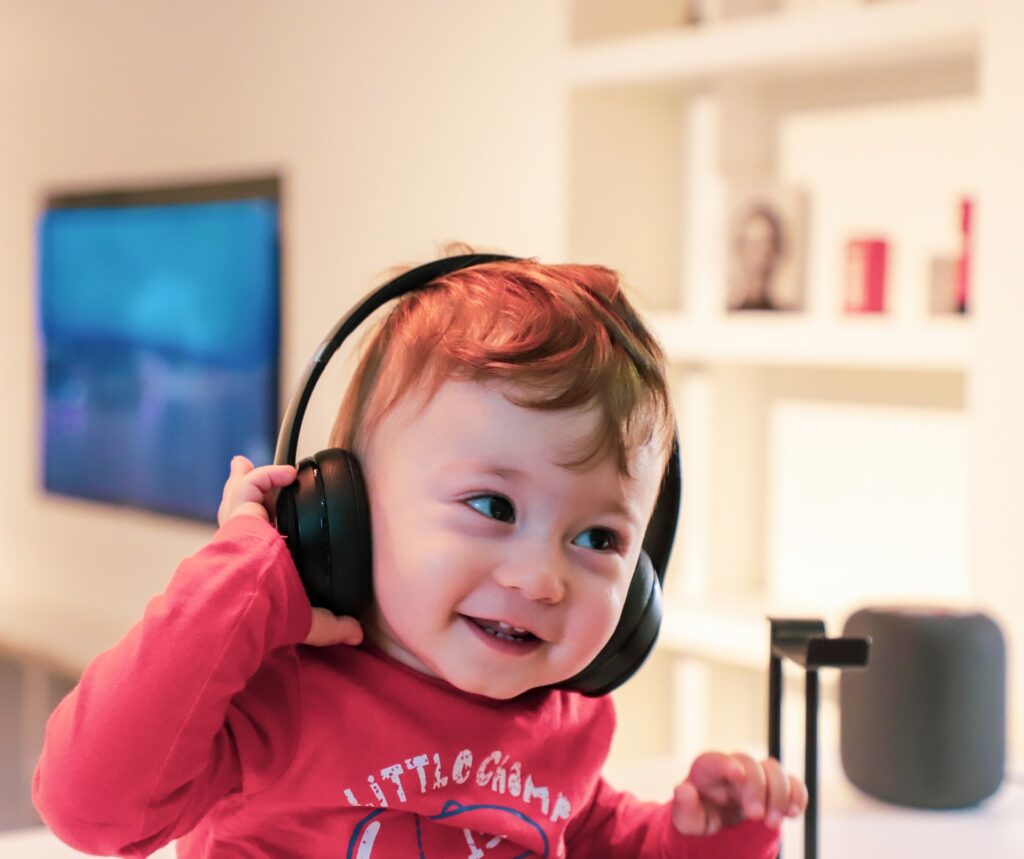
The Ear & Hearing
Sound is energy that moves through air, water and other matter in the form of pressure waves. The ear is the organ responsible for converting these waves of pressure into electrical signals for the brain, allowing us to hear. It consists of three connected parts: the outer ear, the middle ear and the inner ear.
The outer ear includes the pinna (the flap of tissue seen on either side of a person’s head), the ear canal and the exterior surface of the tympanic membrane (ear drum). The outer ear’s function is to channel and filter sound into the middle ear.
The middle ear is an air-filled cavity just behind the ear drum that contains three connected ossicles (bones): the malleus, incus and stapes. The stapes is connected to the oval window, a membrane-covered opening. The role of the middle ear is to amplify sounds received from the outer ear and transmit them to the inner ear.
The inner ear is composed of two organs – one for hearing (the cochlea) and one for balance (the vestibular apparatus). The cochlea contains three fluid-filled canals and receptor cells known as hair cells. When sound waves from the middle ear reach the oval window, they cause the pressure in the cochlea’s fluid to change. The hair cells respond to this fluctuation by sending electrical signals to the brain. These signals are what we “hear”.
